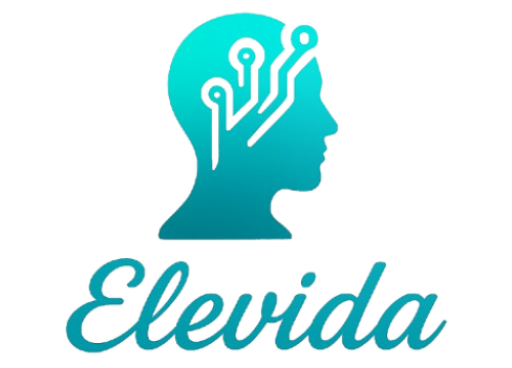You did everything "by the book"
You sat through demos, picked the “new best AI platform,” and even secured the budget that made your CFO uncomfortable. Everything was ready – the launch email went out, full of exciting promises about efficiency and innovation. After all, that was the entire goal!
But then, you realized…. nothing happened.
Well, not nothing. People talk about it. You see the AI tool sitting on the digital shelf, gathering digital dust next to that “mandatory” wellness app from 2022 that every leader wanted to implement because it was “trendy,” and people were never really told what it could do for them (these are great when used right!). Adoption rates are flatlining, and the ROI is starting to look….not good.
The common assumption is that “people just resist change,” or that maybe “the UI is confusing.” So, you decide on more one-off training (waste of $$$), send more reminder emails (we all need more emails, right?), and maybe even start putting together “Game Time” to boost morale. The thing is, you’re treating the symptom, not the disease.
The Real Problem Isn't The Tool
Your new AI tool isn’t the problem. It’s an organizational magnifying glass, exposing the pre-existing, unresolved dynamics within your team/organization that you could ignore before.
Resistance to AI or automation in general is rarely about technology itself. It’s just a proxy for deeper human fears and anxieties. From a cyberpsychology perspective, your team isn’t being stubborn; they’re being human! They are subconsciously asking:
- “Will this make me look stupid or inept at my job?” (Fear of incompetence).
- “Is this the first step to replacing me?” (Fear of obsolescence)
- “Does my boss even understand how I actually work?” (Fear of being misunderstood)
Forcing a big AI tool on a team that isn’t psychologically or culturally ready is like trying to play a complex game (yes, I am an avid gamer!!) by smashing all the buttons at the same time. You’ll definitely create a lot of noise (and destroy some controllers in the process), but you won’t get far in the game.
The Way Forward: Diagnose Before You Prescribe
Now you ask – “ok, that’s all great, but what am I supposed to do then? How do I fix it?” You stop pushing the technology and start understanding your people. True AI readiness is about having the strongest psychological foundation.
- Stop Shopping, Start Listening: Before you invest more money in tech, invest time in diagnosis. Learn about the actual emotional and operational landscape of your team. There are multiple ways to uncover friction points that people will never voice, especially if psychological safety to speak up is not part of the organizational culture.
- Measure Your Human Readiness: You need objective data on your team’s digital literacy, psychological safety, and leadership alignment. This isn’t just “more irrelevant data”; it’s about identifying the specific risks and vulnerabilities in your adoption strategy before they are the reason for it to fail.
- Build a Bridge: Once you have the data and the important insights, you can stop issuing top-down mandates and start collaborating – co-create an adoption plan with your team. Use the insights to address their specific fears and demonstrate exactly how the new tool makes their lives easier. And model those important leadership skills like vulnerability and openness.
It’s simple – tech follows strategy; strategy must follow people. People should always be the main focus – this will build a more resilient, adaptable, and trusting team. And, in the process, your AI tools will actually yield the ROI you have been hoping for.




